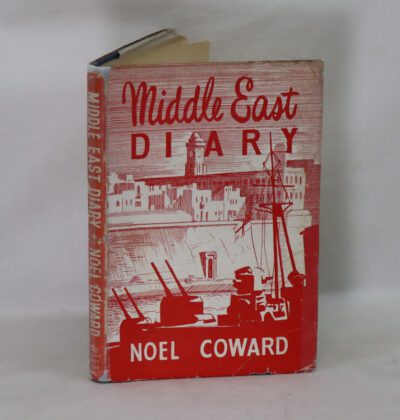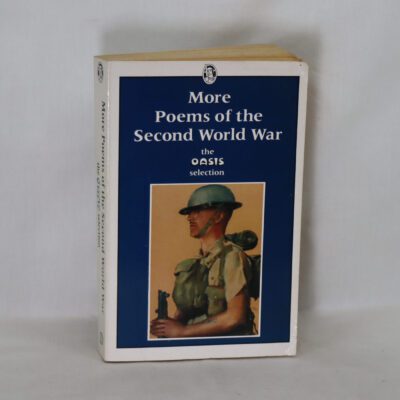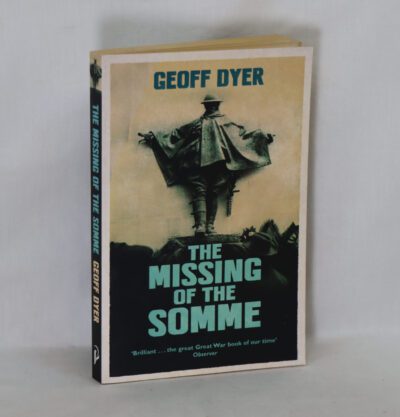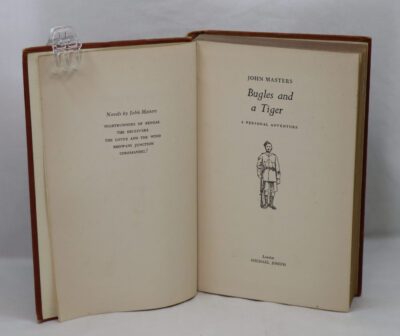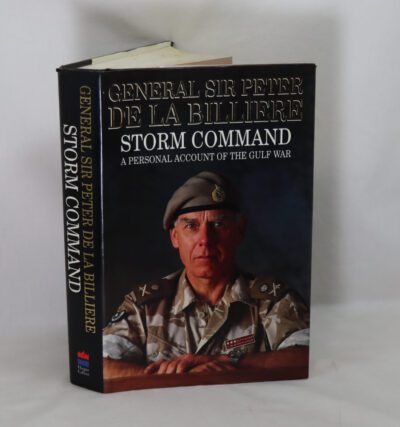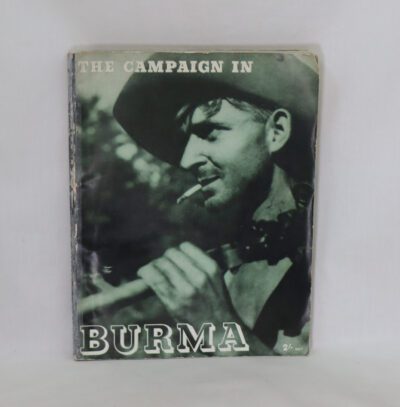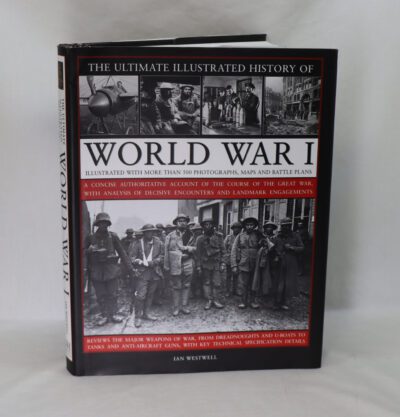Richard III and the Battle of Bosworth.
By Mike Ingram
ISBN: 9781912866502
Printed: 2019
Publisher: Helion & Co. Warwick
| Dimensions | 18 × 25 × 1.5 cm |
|---|---|
| Language |
Language: English
Size (cminches): 18 x 25 x 1.5
Condition: As new (See explanation of ratings)
Item information
Description
Softback.Cream and brown cover with title and battle image on the front board.
F.B.A. provides an in-depth photographic presentation of this item to stimulate your feeling and touch. More traditional book descriptions are immediately available.
This is the story of two very different men, Richard III, the last Plantagenet King of England, and Henry Tudor and how they met in battle on 22 August 1485 at Bosworth Field. The Battle of Bosworth, along with Hastings and Naseby, is one of the most important battles in English history and, on the death of Richard, ushered in the age of the Tudors. This book, using contemporary sources, examines their early lives, the many plots against Richard, and the involvement of Henry’s mother, Margaret Beaufort. It also offers a new explanation for Richard’s execution of William Hastings. Despite recent portrayals as the archetypal fence-sitters, the book also shows that the powerful Stanley family had a long standing feud with Richard and were not only complicit in the plots against him in the months before the battle, but probably laid the trap that ultimately led to his death on the battlefield. It shows that the events that climaxed at Bosworth were made possible by the intrigues of King Louis XI of France and shows that it was not just the fate of England that was at stake but that of France itself. King Louis’ taste for intrigue and double-dealing had earned him the nicknames “the Cunning” and “the Universal Spider.” The book details how he spun webs of plots and conspiracies first against Edward IV then Richard III, destabilised England, and created a platform for Henry’s invasion: policies that were continued by his daughter, Anne de Beaujeu, after Louis death. This was also a time of revolution in warfare, so the book examines English and European way of war at the time and how it affected the outcome at Bosworth. Then using the latest archaeology and contemporary sources it reconstructs the last hours of Richard III, where the battle took place, and how the battle unfolded using step by step maps and an order of battle for the day. It finally looks at the aftermath of the battle and how Yorkist resistance to the new regime continued into the reign of Henry VIII.
Review: The momentous Battle of Bosworth fought on 22 August 1485 was a significant turning point in English history. In the first of a new series by Helion Publishing, From Retinue to Regiment, historian Mike Ingram takes on the task of narrating a new version of the battle based on historical sources and recent archaeology. Ingram lays out his groundwork with a detailed survey of his sources, the family trees of the Houses of York and Lancaster, and an annotated timeline of the Wars of the Roses. He then provides a detailed background to the Wars as a series of connected events rather than a continuous conflict. Ingram goes back into the 14th Century to untangle the roots of this complex dynastic struggle that also involved France and Burgundy. Events accelerated with the accession of the utterly inept Henry VI. Then with the English defeat at Castillon in 1453 the storm broke, and open warfare erupted between competing nobles while Henry VI lay catatonic. Many battles were fought, and the Throne changed hands several times, but by 1485 the crisis was coming to a head with Richard III as King and Henry Tudor landing in Wales with a small force.
Here Ingram breaks off with an illuminating chapter on 15th Century warfare, and biographies of Richard and Henry, an overview of the connections between Henry, France, and Burgundy, and an account of the events leading up to the Battle of Bosworth. Henry landed on 1 August 1485 near Milford Haven and marched into England, gathering troops as he went. Richard III mustered his army and advanced to meet him. That encounter took place at Bosworth where Richard died in battle and Henry emerged triumphant. By then events were already disappearing into misty legend and historians ever since have attempted to reconstruct the battle.
The general story of Bosworth is well known – a kingdom for my horse, and all that – but we are short on details. Or we were until battlefield archaeology conducted in the 2000s changed the game completely. Ingram has jumped on the new evidence to describe a very different Bosworth but one that makes sense of the physical and source evidence. His interpretation is convincing and likely to stand the test of time. Ingram concludes with three appendices on finding the battlefield, Richard III’s grave, and the likely order of battle.
Ingram’s book is well written and nicely illustrated throughout, with some plates in colour. His expertise in the area of battlefield reconstruction shows through clearly, and his analysis of the evidence is skilful. This is not only an enjoyable book therefore, it is authoritative. Highly recommended.
Want to know more about this item?
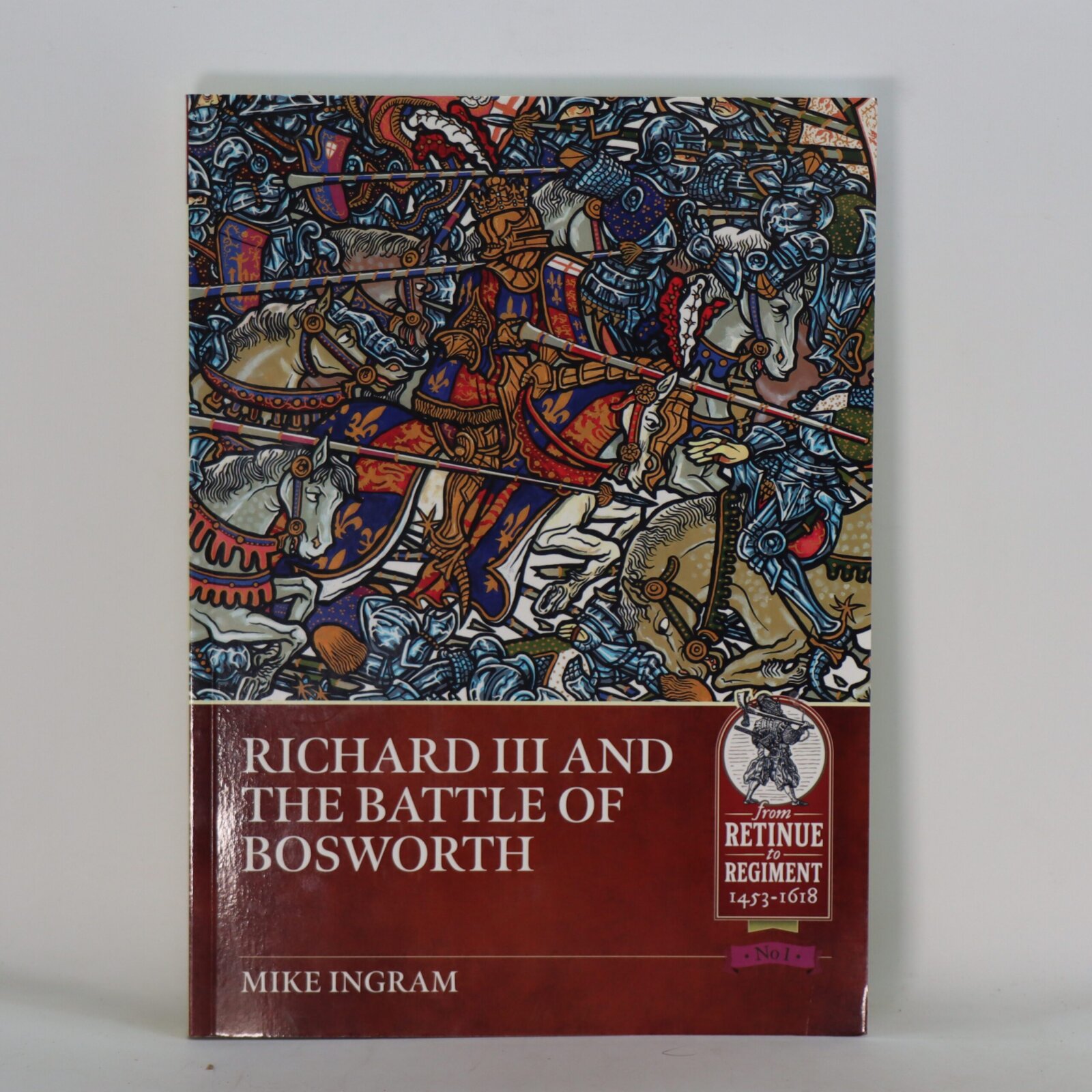
Share this Page with a friend


